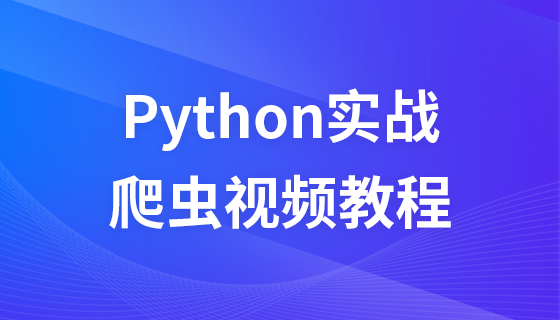在Python中刪除字串中所有空格有:使用replace()函數、使用split()函數 join()函數、使用Python正規表示式。以下這篇文章就來具體介紹一下這些方法,希望對大家有幫助。 【相關影片教學推薦:Python教學】

#使用replace()函數

#我們可以使用replace()函數,把所有的空格(" ")替換為("")
def remove(string):
return string.replace(" ", "");
string = ' H E L L O ! ';
print("原字符串:"+string) ;
print("\n新字符串:"+remove(string)) ;
使用split()函數join()函數
split()函數會透過指定分隔符號對字串進行切片,傳回分割後的字串的所有單字元列表。然後,我們使用join()函數迭代連接這些字元。
def remove(string):
return "".join(string.split());
string = 'w o r l d ';
print("原字符串:"+string) ;
print("\n新字符串:"+remove(string)) ;輸出:
 #使用Python正規表示式
#使用Python正規表示式
#导入re 模块
import re
def remove(string):
pattern = re.compile(r'\s+');
return re.sub(pattern,'', string);
string = 'P y t h o n';
print("原字符串:"+string);
print("\n新字符串:"+remove(string)) ;以上是Python如何刪除字串中所有空格的詳細內容。更多資訊請關注PHP中文網其他相關文章!



